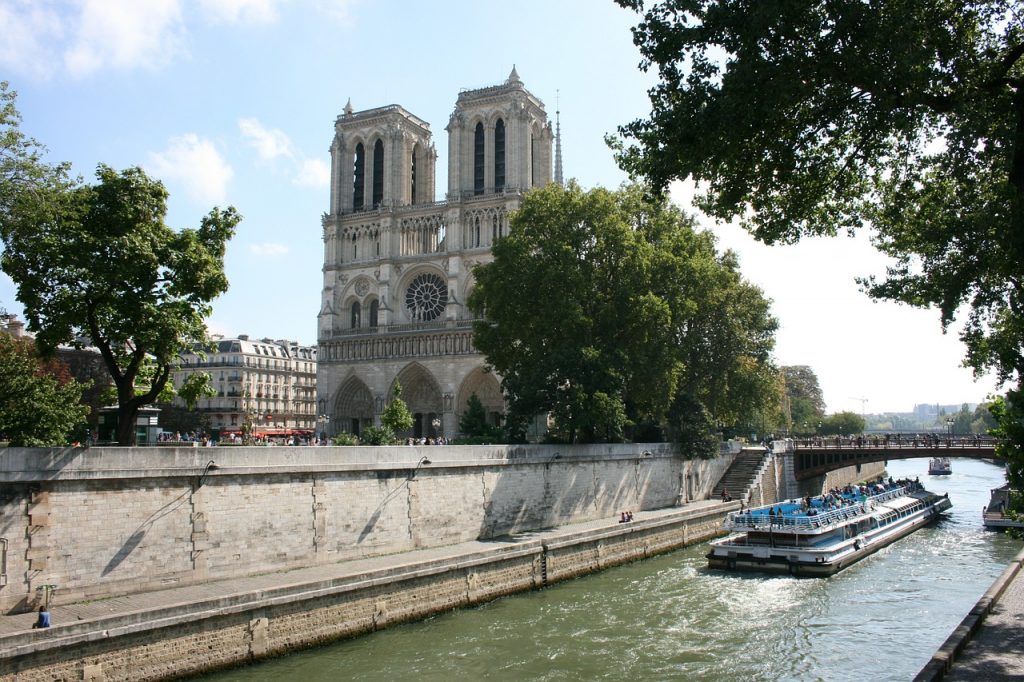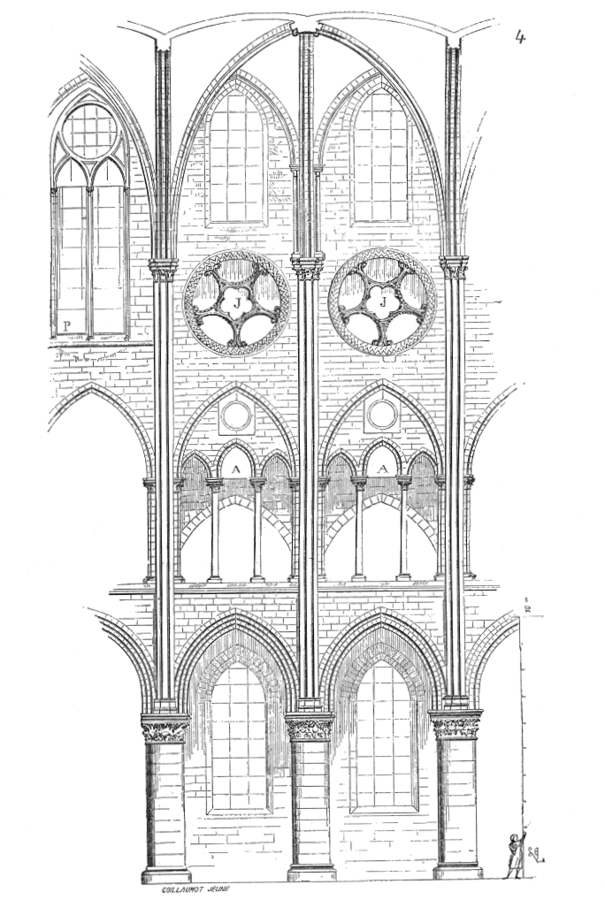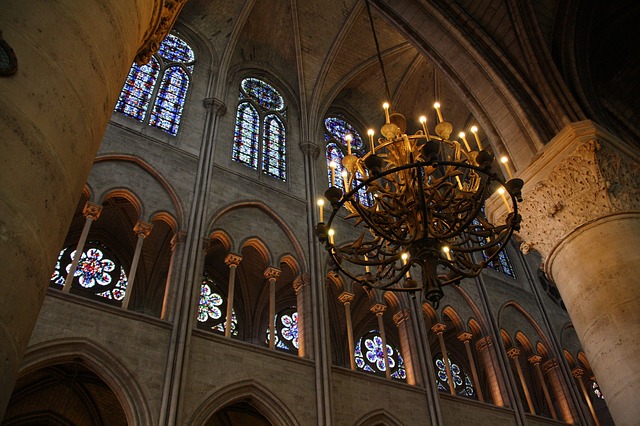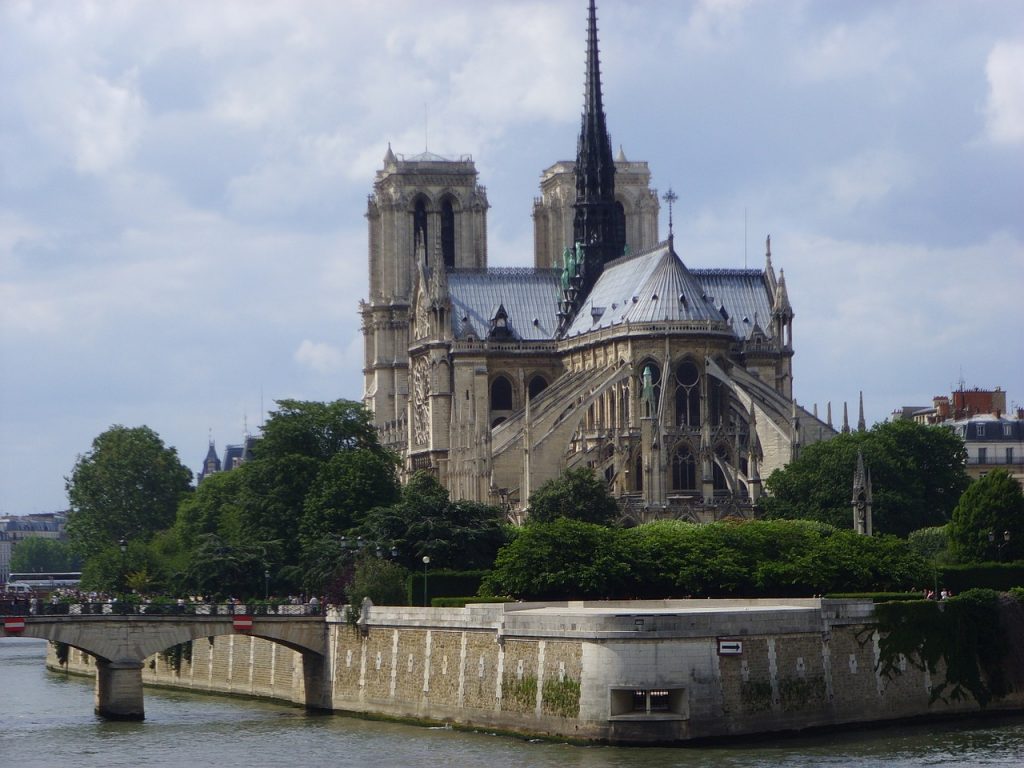With total destruction averted, we stop to remember the value of Western Civilization
Few monuments are as memorable within the history of Western Civilization as the Cathedral of Notre Dame in Paris, so when fire almost entirely consumed the church today, people around the world were in shock.

Sitting on the Ile-de-la-Cite, the iconic building is famous not only as a beautiful example of early Gothic architecture, but also for its testament to a variety of historical events over the past 800 years. It has been the site of coronations over centuries, it survived the French Revolution, and survived the Nazis during World War II. During the French Revolution it was converted into a “Temple of Reason” for a short time, and after the liberation of Paris in 1944, it was the site of celebration among citizens. Today, alongside the Eiffel Tower, it stands as a symbol of France.
Notre Dame was born into an architectural age of twelfth-century medieval France after the new style, which we call “Gothic”, began to influence church construction about twenty years earlier at the Abbey church of Saint-Denis. Other French churches, such as those at Chartres and Laon, would also be constructed in this style during the century which revolved around a two key structural improvements – the pointed arch and the ribbed vault – which allowed weight to be channeled more efficiently than was possible during the preceding Romanesque period. This made it possible to not only create taller structures than previously possible, but also to replace the mass of walls with open and airy spaces, as well as stained glass windows. By the end of the twelfth century the Gothic age would take yet another step forward into the “High Gothic” period when flying buttresses were added to the arsenal of building construction.
Construction on Notre Dame cathedral began in 1163. The transept and choir sections were finished by 1182, and the nave by 1225. The facade was later completed by around 1260. At 400 feet long, it is a huge cathedral – the largest of all from the early Gothic period – and quite tall at 108 feet in height.


The church was designed in a five-aisled basilica plan with two ambulatories, sexpartite vaults, and an unusual elevation comprised of the nave arcade, triplet arches, oculi, and clerestory level. This design would be changed in the thirteenth century to eliminate the oculi and increase the size of the stained glass windows in the clerestory, only to be changed back (partly) by the nineteenth century preservationist, Viollet-le-Duc. (On a side note, it was Viollet-le-Duc who designed the spire which caught the world’s attention today when it went up in flames.)

On the exterior, the church is famed for its quaint appearance hugging the Ile-de-la-Cite along the Seine. Part of its grand look is due to its spider-like flying buttresses which project from the apse exterior. Since the flying buttresses used on the cathedral were installed after the church was built, rather than as part of its original design, it is likely that Notre Dame did not benefit from them in quite the same way that other churches were which incorporated them from the beginning.
Today, Notre Dame continues to survive, albeit bruised and broken from the fire. As one of the few medieval structures that have become a household name throughout the world, the church occupies a special status in the hearts and minds not only of the French, but for anyone who loves the heritage of Western Civilization.
Will the church be rebuilt? Macron has already pledged to do just that, and it can potentially be done with the help of laser scans of the building that have recently be done, but there will inevitably be some loss after destruction of this magnitude.
If there is a silver lining to this, it’s that for a rare moment, people in the West stopped for a moment to realize that the heritage of Western Civilization still means something. In fact, it means a lot. It’s just a shame that it took a situation of this gravity to make people remember that.


